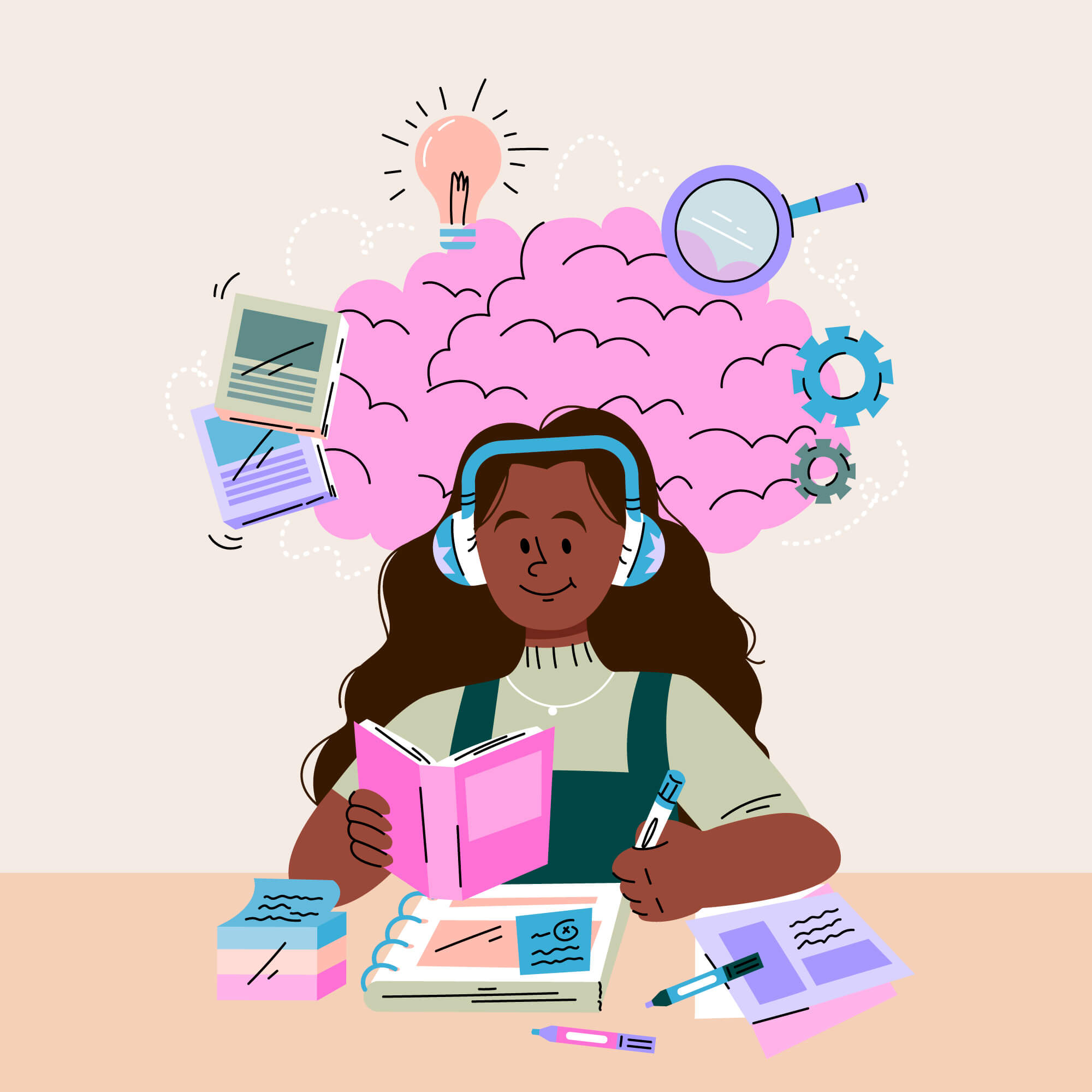Educators have spent the last two years debating whether artificial intelligence belongs in the classroom, as though it were still possible to close the door on the tidal shift already transforming how children read, write, and think. Large language models (LLMs) are not a novelty—they are a new infrastructure for thought, capable of flexing around the diverse ways minds make meaning.
For disabled and neurodivergent students—those who have long been forced to bend toward standardised forms of literacy, behaviour, and pace—AI represents an extraordinary rebalancing. It offers the first mainstream technology that can truly adapt to human variation rather than treating variation as the problem to be solved.
Below are twenty-five ways educators, caregivers, and students can use LLMs to expand thinking, cultivate curiosity, and redistribute intellectual belonging.
1. Personalized scaffolding
LLMs can translate complex material into multiple forms—plain language, metaphor, dialogue, or sensory imagery—allowing students to enter learning through their own pathways while preserving the richness of content.
2. Feedback as collaboration
Students can experiment with writing privately, receiving feedback that amplifies voice, nurtures confidence, and helps them discover patterns in their own expression rather than correcting them toward uniformity.
3. Dialogues that honour many minds
Students can hold reflective conversations with an AI, exploring reasoning that may be linear, associative, emotional, or visual, cultivating awareness of the many ways intelligence presents itself.
4. Flexible expression formats
Ideas can travel freely between genres—poem to essay, script to summary—helping students experience how meaning shifts across linguistic forms and reclaiming creativity as a legitimate form of literacy.
5. Adaptive executive function support
AI can co-create organisational tools—task maps, pacing plans, or sensory-friendly schedules—that honour individual rhythms instead of enforcing a single tempo of productivity.
6. Reading comprehension companions
When a passage feels tangled, students can ask for analogies, context, or imagery that fit their personal learning style, cultivating deep comprehension instead of shallow recall.
7. Emotional translation and reflection
LLMs can narrate emotional experiences from multiple vantage points, helping students practise translating their own internal states into words while respecting differences in affective style.
8. Radical accessibility
Dense academic writing, policy documents, or bureaucratic letters can become clear, plain-language texts. Disabled students and families finally receive information at the same moment—and with the same dignity—as everyone else.
9. Inclusive lesson creation
Teachers can use AI to build layered lesson plans that offer multiple access routes—visual, auditory, narrative—allowing every student to engage through their strengths.
10. Debate with difference
AI can present diverse standpoints—moral, historical, or cultural—for students to analyse, teaching that disagreement can coexist with respect and that argument itself can be a bridge across difference.
11. Dyslexic and multimodal writing tools
Students who think faster than their fingers can dictate freely, use AI to structure their ideas, and watch their oral fluency become literary coherence—without shame, and without losing their authentic voice.
12. Cross-language insight
LLMs can show how ideas shift when told in different languages, affirming multilingual and multimodal intelligence as central to global literacy.
13. Translation across neurotypes
Students can practise revising their own messages for tone, exploring how neuronormative communication styles differ from neurodivergent ones; or they can ask AI to reinterpret a typical message through an autistic, ADHD, or sensory-informed lens, revealing the emotional subtext that structures human interaction.
14. Historical empathy and embodiment
By reenacting moments in history or literature, students can explore sensory, emotional, and moral dimensions of past experiences, expanding empathy without erasing individuality.
15. Designing for access as learning
Students can ask AI to identify where classroom materials exclude certain bodies or minds, turning accessibility itself into an act of applied critical thinking.
16. Creative expansion
Students can generate story starters, alternative endings, or hybrid genres, then critique the AI’s biases—developing media literacy and aesthetic discernment simultaneously.
17. Assistive research companion
Children who find traditional search overwhelming can engage in guided curiosity—asking questions, refining terms, and slowly building their own cognitive map of a topic.
18. Multi-perspective feedback
AI can simulate feedback from different readers—a peer, editor, or philosopher—helping students experience writing as dialogue rather than evaluation.
19. Confidence building through co-authorship
By beginning as co-writers and gradually taking the lead, students can experience writing as relational practice, strengthening agency and joy instead of performance anxiety.
20. Metacognitive reflection
Students can ask the model to describe how they approached a problem, helping them articulate their personal learning processes and cultivate self-understanding.
21. Collective storytelling
Groups can co-create narratives with AI that weave multiple sensory, cultural, and cognitive voices together, celebrating plural authorship as a core democratic skill.
22. Critical error analysis
AI can intentionally produce flawed reasoning or hidden bias, inviting students to detect, deconstruct, and rebuild—training discernment rather than obedience.
23. Ethics as daily practice
Students can use AI to explore the ethics of technology itself—privacy, data, consent, representation—recognising that critical literacy includes moral imagination.
24. Strength-based portfolios
Disabled students can use AI to gather their own evidence of learning—projects, reflections, artistic works—curated around their interests and strengths instead of deficits or “goals.”
25. Co-authorship of the future
Perhaps the most radical use of AI is to place disabled and neurodivergent students in the role of designers, shaping the systems that once excluded them and redefining what intelligence, access, and creativity can mean.
The call to imagination
Artificial intelligence will never replace the teacher, the mentor, or the spark of human connection. What it can replace is the mythology that learning must look the same for everyone. For disabled children—those who have lived within scarcity, gatekeeping, and conditional belonging—AI opens a portal to abundance.
If we use this technology with ethical imagination, it will not flatten humanity. It will reveal it in all its forms: rhythmic, divergent, radiant, and whole.
-
The scarcity script: how manufactured famine shapes public education
British Columbia’s public schools are not suffering from a natural shortage—they are operating under a system of manufactured scarcity. This blog explores how austerity, rationing logic, and institutional self-preservation create harm for disabled students and their families. Drawing on thinkers like David Graeber,…








